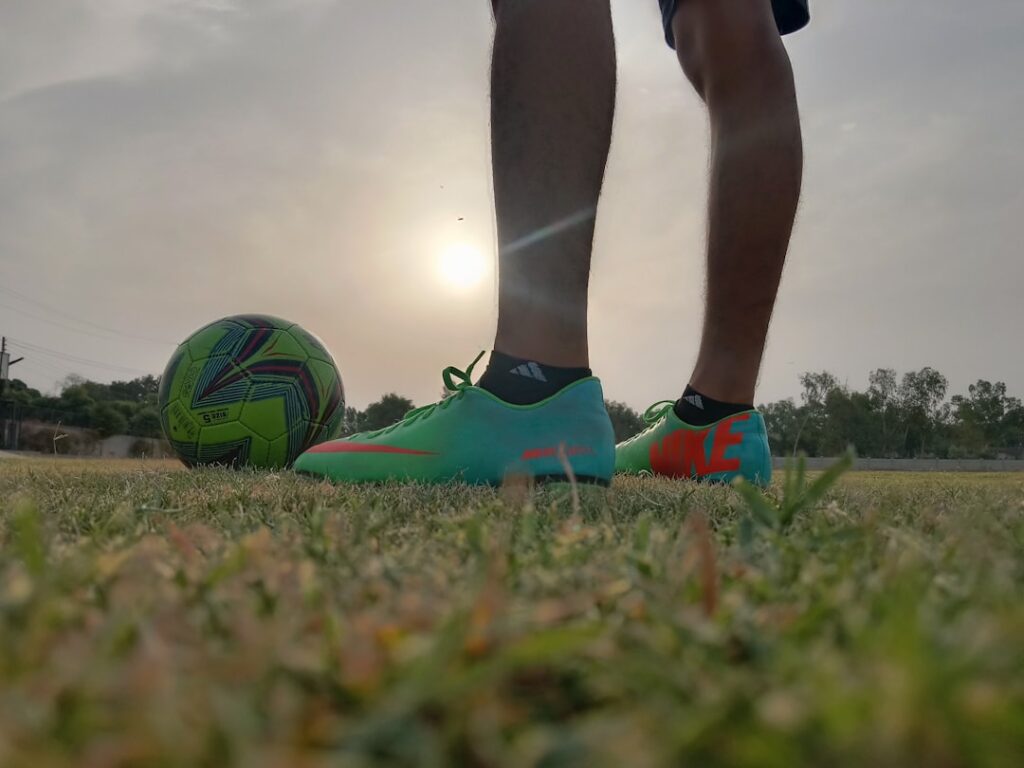FIFA World Cup Mascots: A Joyful Trip Through Football’s Furry and Feathered Friends
When the FIFA World Cup kicks off, the world doesn’t just cheer for goals, players, and teams; it also celebrates another iconic presence—the official World Cup mascot. These beloved characters, often as memorable as the games themselves, bring joy and festivity to the tournament stages across the globe. Journey with us as we explore some of the most iconic World Cup mascots that have charmed fans since their debut.
The Birth of a Tradition: World Cup Willie (1966)
The tradition began with World Cup Willie in England in 1966. As the first-ever World Cup mascot, this charming lion, donned in a Union Jack jersey, captured the spirit of British football. Willie wasn’t just any lion; he was a representation of courage and pride, two characteristics that any football team would want on their side. His success paved the way for future mascots, establishing a tradition that would become a cherished part of the tournament.
The Eclectic Ensemble: Gauchito, Naranjito, and Pique
Gauchito (Argentina 1978)
Gauchito from Argentina symbolized local culture with his wide-brimmed hat, neckerchief, and trusty whip—a nod to the traditional gauchos renowned across the Argentine pampas. He personified the country’s rich traditions, blending football passion with cultural pride seamlessly.
Naranjito (Spain 1982)
A significant twist came with Naranjito during the 1982 World Cup in Spain. As a smiling orange, Naranjito was a departure from more traditional human or animal mascots. Although initially met with mixed feelings, Naranjito’s uniqueness endeared him to fans, proving that sometimes, even the quirkiest ideas can succeed on the world stage.
Pique (Mexico 1986)
Pique, the jalapeño pepper, brought a spicy flair to the 1986 tournament in Mexico. Sporting a traditional Mexican sombrero, Pique embodied the vibrant energy and cultural richness of Mexico, adding a flavorful twist to the competitions. He set the standard for engaging and culturally relevant mascots in forthcoming events.
Sense of Unity: Striker, Footix, and Zakumi
Striker (USA 1994)
The USA’s World Cup mascot in 1994, Striker, was a friendly dog outfitted in the red, white, and blue. With a focus on reaching new audiences, Striker was designed to resonate with younger fans and attract a wider audience to soccer—a mission largely accomplished as soccer gained fame in the States following the tournament.
Footix (France 1998)
France’s 1998 mascot, Footix, was a proud rooster clad in blue and sporting a red crest—an emblem deeply connected to French culture. Accompanied by the slogan “Allez Les Bleus,” Footix added to the fervor, uniting fans behind their national team, which famously went on to lift the trophy. Coincidence? Maybe. But fans never forget the mascot who graced their champions’ campaign!
Zakumi (South Africa 2010)
South Africa brought us Zakumi, the energetic leopard with a green mane and a name derived from local references—’ZA’ for South Africa and ‘kumi,’ which means ten. Zakumi’s bright, lively presence mirrored South Africa’s spirited hosting of the event, and he quickly became a fan favorite.
Modern Marvels: Fuleco, Zabivaka, and La’eeb
Fuleco (Brazil 2014)
Fuleco, the eco-friendly armadillo from Brazil 2014, became an emblem of environmental awareness alongside football festivities. His very name reflects a blend of football and ecology, spotlighting conservation efforts in the host nation Known for advocating sustainability, Fuleco has left a legacy that engages our responsibility to the planet amid the global celebration.
Zabivaka (Russia 2018)
Russia’s Zabivaka, an enthusiastic wolf rocking athletic goggles, mirrored the steely determination and focus needed on the pitch. Meaning “the one who scores,” Zabivaka aimed to inspire—not just players, but also fans, whose aspirations and dreams soared alongside those of their national teams.
La’eeb (Qatar 2022)
La’eeb, the playful and adventurous character introduced in Qatar 2022, embraced the tournament’s theme of cultural richness and openness. With his ability to take various forms, La’eeb embodied the unpredictable and joyful nature of the beautiful game, encouraging fans to imagine and connect through football.
Looking Forward to 2026
As we anticipate the World Cup 2026 across North America, speculation around the new mascot builds excitement amoung the soccer communities worldwide. Will it be an amalgam of regional symbols, a nod to the continent’s diverse sports culture, or perhaps something entirely unexpected? Only time will tell!
Conclusion: Stay Tuned with CupVibes.com
The journey of World Cup mascots has been as diverse and dynamic as the sport itself. Each mascot remains etched in fans’ memories, carrying stories beyond the matches. As we gear up for World Cup 2026, let’s stoke the excitement and keep the discussions alive. For all the latest fan-focused news, updates, and articles, make sure to stay tuned to CupVibes.com, your ultimate source for all things World Cup. Go team go!



